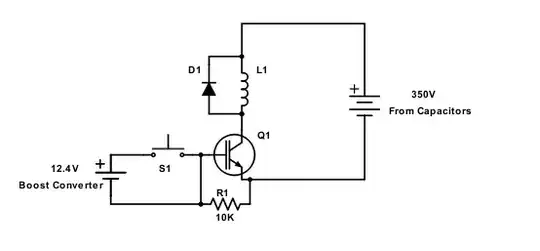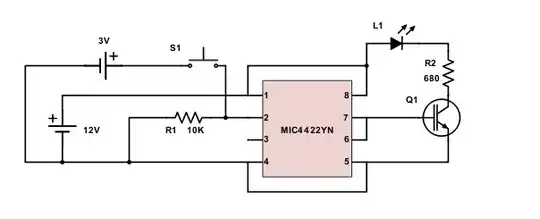I recently bought an IXXH80N65B4 high voltage/current IGBT. I had it wired according to the circuit below, which is part of a coil gun.

After successfully firing the gun twice, I used the same IGBT in the below circuit, in preparation for the addition of a microcontroller. The datasheet of the IC can be found here.

After powering up this circuit, the IGBT seemed to latch on. Nothing I could do would make it turn off, even shorting gate and emitter. If I supplied voltage to the gate, it seemed to short gate and emitter. Is this IGBT done for, or is there some way to fix it? Also, what can I do to prevent this from happening in the future?